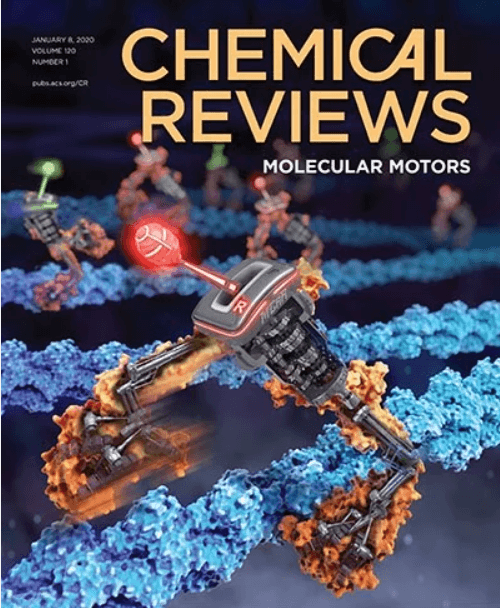工程蛋白和化学工具探测细胞表面蛋白质组
IF 55.8
1区 化学
Q1 CHEMISTRY, MULTIDISCIPLINARY
引用次数: 0
摘要
细胞表面蛋白质组是细胞与外界相互作用和交流的中枢。许多与疾病相关的变化都是在表面体内部发生的,但已批准的药物靶向的细胞表面蛋白不到50种。在过去的十年里,蛋白质组学团体在开发专门用于研究表面体所有复杂性的新技术方面取得了重大进展。在这篇综述中,我们首先深入探讨了表面体的独特特征和功能,强调了特殊化标记、富集和蛋白质组学方法的必要性。提供了表面组学方法的概述,详细介绍了测量蛋白质表达变化的技术以及这如何导致新的靶标发现。接下来,我们重点介绍了接近标记蛋白质组学(PLP)的进展,展示了各种酶和光亲和接近标记技术如何映射细胞表面的蛋白质-蛋白质相互作用和膜蛋白复合物。然后,我们回顾了细胞外翻译后修饰的作用,重点是细胞表面糖基化,蛋白水解重塑和分泌组。最后,我们讨论了识别肿瘤特异性肽MHC复合物的方法以及它们如何影响治疗发展。新蛋白表位这一新兴领域正在不断发展,其靶点在蛋白质组水平上被识别,包括确定的疾病相关的ptm、复合物和失调的细胞和组织位置。鉴于表面组学对生物学和治疗的功能重要性,我们认为表面组学是发现新表位靶点的关键部分。本文章由计算机程序翻译,如有差异,请以英文原文为准。

Engineered Proteins and Chemical Tools to Probe the Cell Surface Proteome
The cell surface proteome, or surfaceome, is the hub for cells to interact and communicate with the outside world. Many disease-associated changes are hard-wired within the surfaceome, yet approved drugs target less than 50 cell surface proteins. In the past decade, the proteomics community has made significant strides in developing new technologies tailored for studying the surfaceome in all its complexity. In this review, we first dive into the unique characteristics and functions of the surfaceome, emphasizing the necessity for specialized labeling, enrichment, and proteomic approaches. An overview of surfaceomics methods is provided, detailing techniques to measure changes in protein expression and how this leads to novel target discovery. Next, we highlight advances in proximity labeling proteomics (PLP), showcasing how various enzymatic and photoaffinity proximity labeling techniques can map protein–protein interactions and membrane protein complexes on the cell surface. We then review the role of extracellular post-translational modifications, focusing on cell surface glycosylation, proteolytic remodeling, and the secretome. Finally, we discuss methods for identifying tumor-specific peptide MHC complexes and how they have shaped therapeutic development. This emerging field of neo-protein epitopes is constantly evolving, where targets are identified at the proteome level and encompass defined disease-associated PTMs, complexes, and dysregulated cellular and tissue locations. Given the functional importance of the surfaceome for biology and therapy, we view surfaceomics as a critical piece of this quest for neo-epitope target discovery.
求助全文
通过发布文献求助,成功后即可免费获取论文全文。
去求助
来源期刊

Chemical Reviews
化学-化学综合
CiteScore
106.00
自引率
1.10%
发文量
278
审稿时长
4.3 months
期刊介绍:
Chemical Reviews is a highly regarded and highest-ranked journal covering the general topic of chemistry. Its mission is to provide comprehensive, authoritative, critical, and readable reviews of important recent research in organic, inorganic, physical, analytical, theoretical, and biological chemistry.
Since 1985, Chemical Reviews has also published periodic thematic issues that focus on a single theme or direction of emerging research.
 求助内容:
求助内容: 应助结果提醒方式:
应助结果提醒方式:


